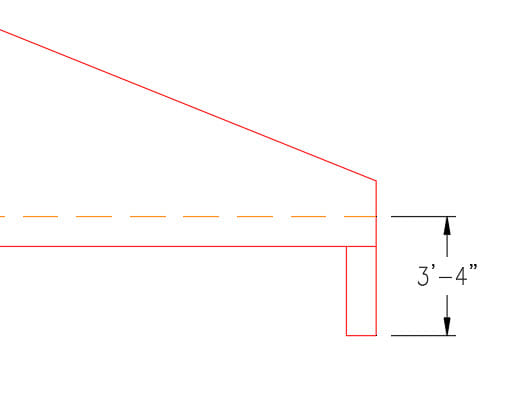DenverStruct
Structural

If a project requires a toe wall at the end of culvert wingwall, do you think this wall needs to be connected to the slab? Do you think you can just install this toe wall (precast), backfill both sides of the wall, then install precast structure above it? The joint will be connected with ramnek joint sealer. There is really no force on this toe wall. What do you guys think?


